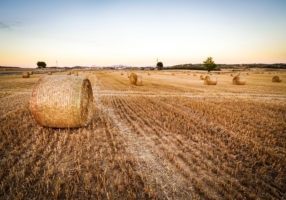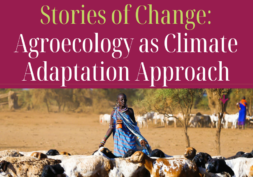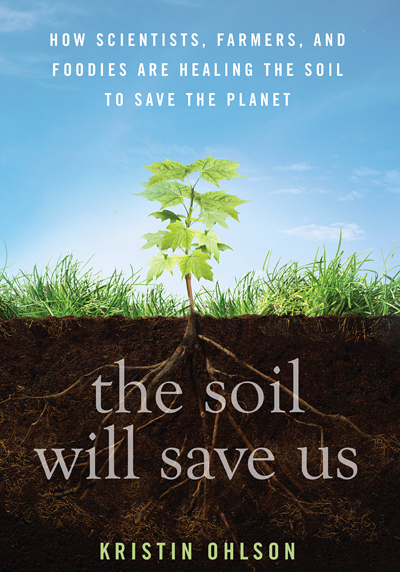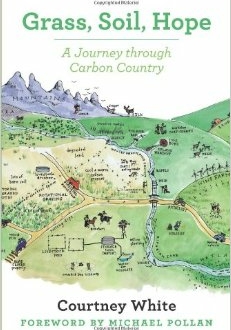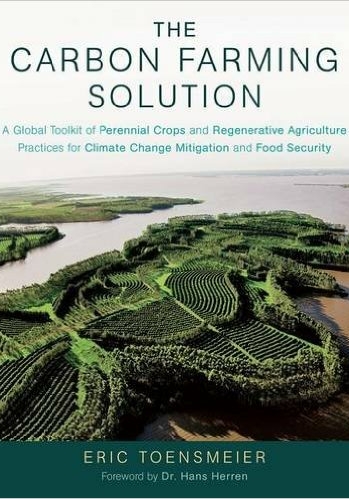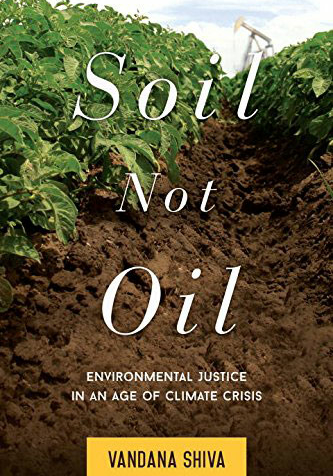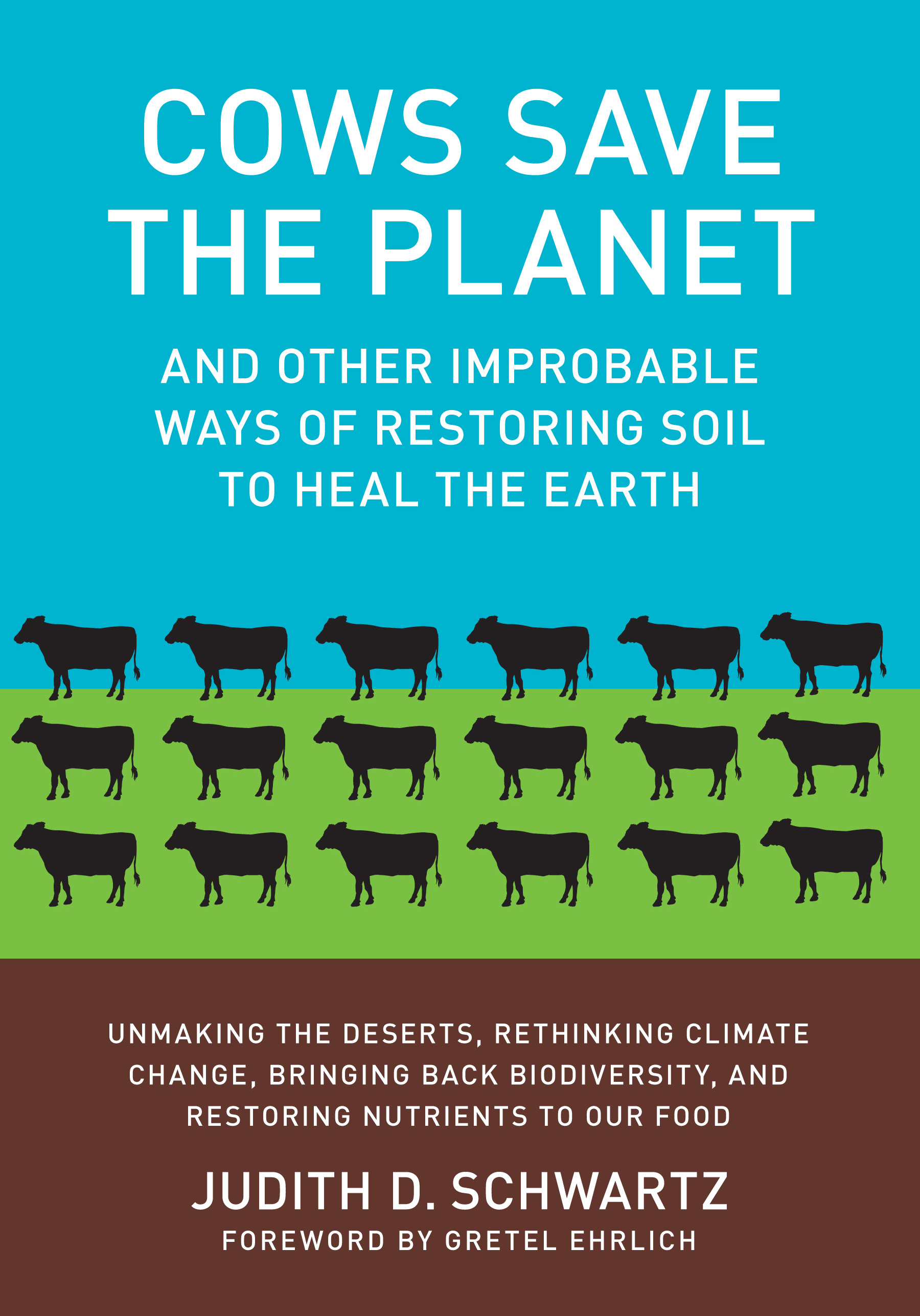The solution to the climate and food crises is under our feet and at the end of our knives and forks.
To date, global climate crisis conversations have focused on solely emissions reduction. While necessary, reducing fossil fuel emissions alone is simply inadequate – it is a 50% solution. Even if we were to cut all human-induced greenhouse gas (GHG) emissions today, the globe would continue to warm for decades or even centuries to come.
However, there is hope. There is growing scientific evidence that regenerative agriculture can reverse climate change through soil carbon sequestration, while at the same time delivering other essential ecological, economic, and health benefits. Given that the industrial food and farming system as a whole is the number one cause of GHG emissions, climate activists need to start thinking of themselves as food, farming and natural health activists as well.Given that the industrial food and farming system as a whole is the number one cause of GHG emissions, climate activists need to start thinking of themselves as food, farming and natural health activists as well.

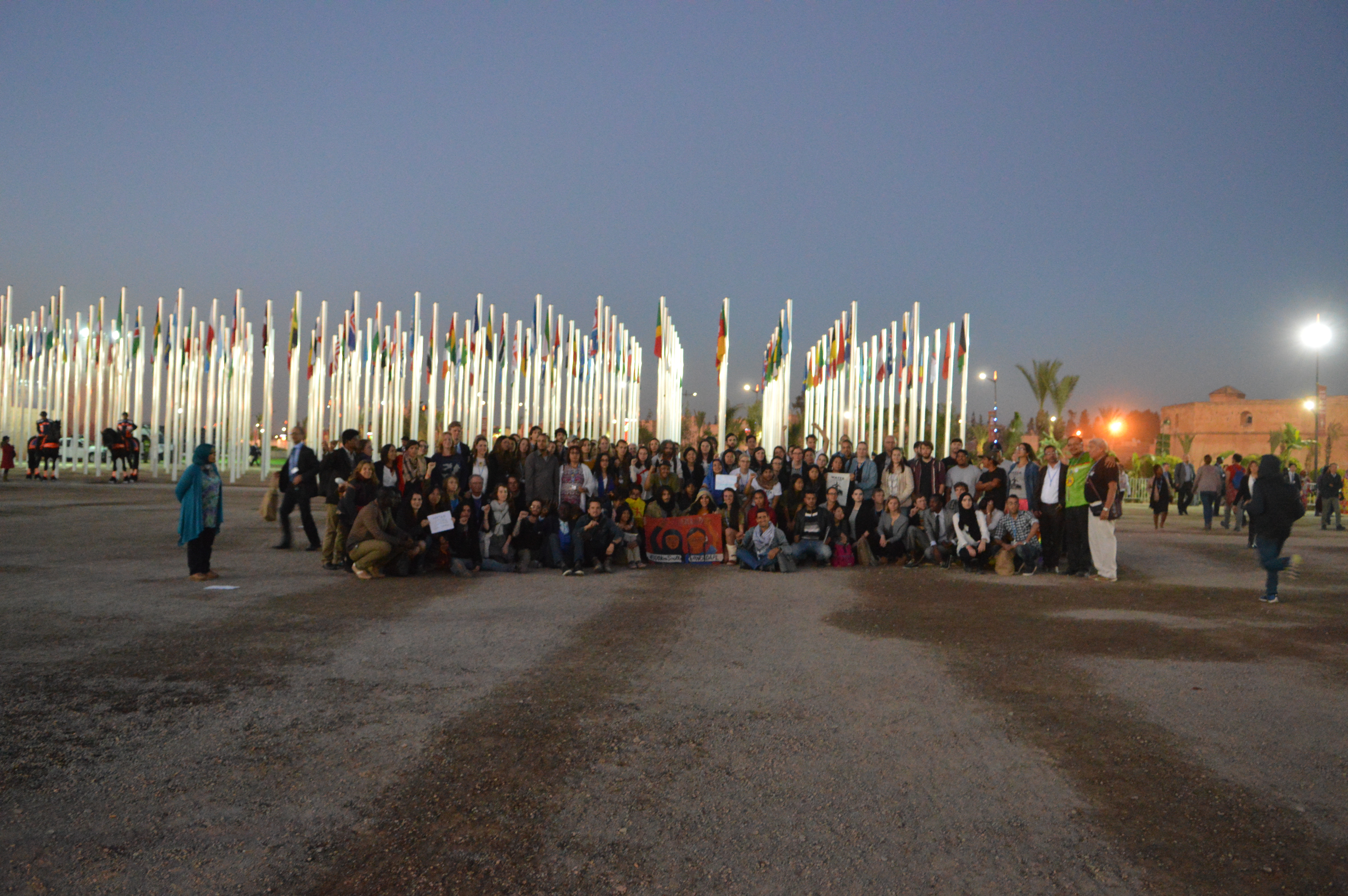
Vital Resources
- Why Regenerative Agriculture
- Resist & Regenerate
- Cook Organic Not the Planet
- Best overview paper: Can Biology Cool the Planet? (available in 9 languages)
- Videos
Scientific Studies
- View RI's Annotated Bibliography for a curated set of scientific studies on how regenerative agriculture can cool the planet and feed the world.






